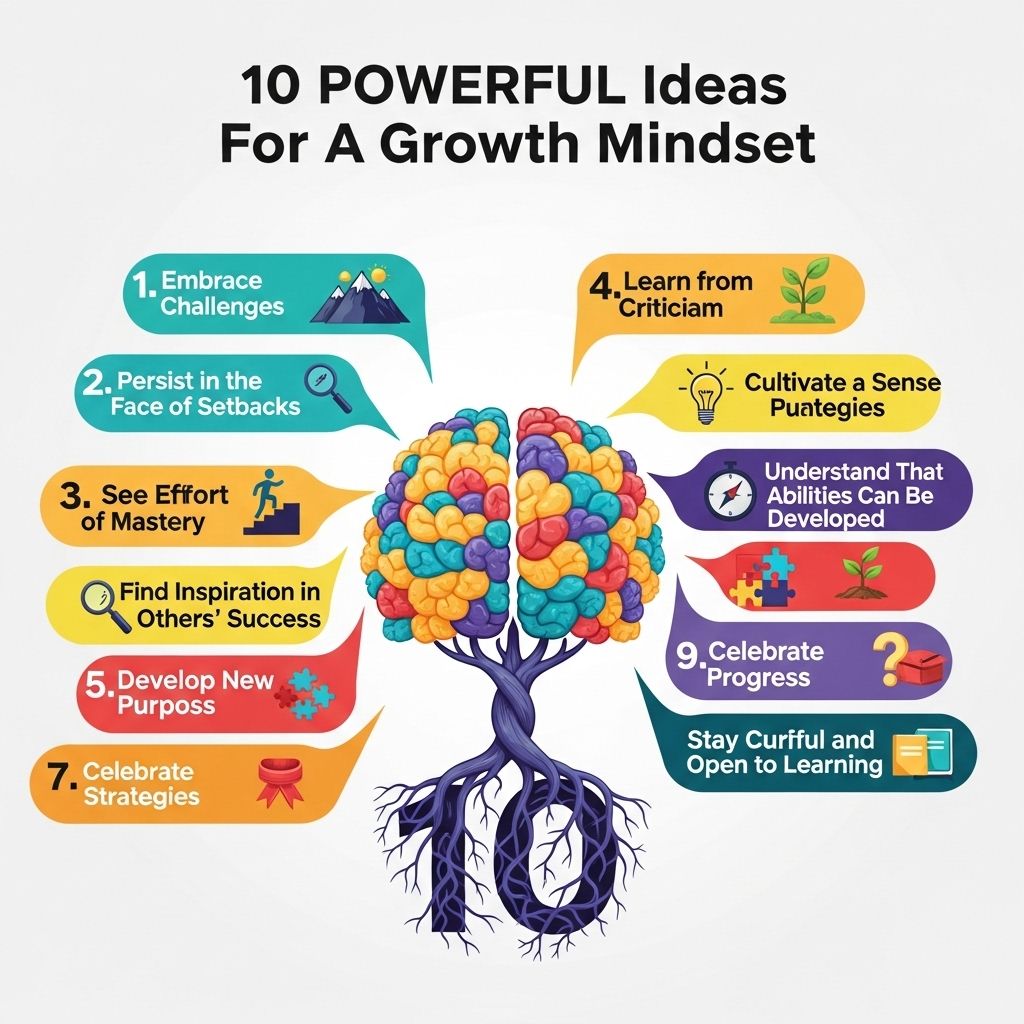Setting goals is a powerful practice that can transform your personal and professional life. However, not all goal-setting techniques yield the same results. Some methods are more effective than others, allowing individuals to not only set goals but also achieve them with clarity and purpose. In this article, we will explore ten proven goal-setting techniques that have shown remarkable success across various domains. Whether you are a student, a professional, or someone aspiring for personal growth, these methods can provide a structured path to realizing your objectives.
1. SMART Goals
The SMART criteria have been widely adopted for effective goal setting. SMART stands for:
- Specific: Clearly define your goal.
- Measurable: Ensure there are metrics to track progress.
- Achievable: Your goal should be realistic.
- Relevant: Ensure your goal aligns with your values and long-term objectives.
- Time-Bound: Set a deadline to spur action.
By following the SMART framework, you can increase the likelihood of achieving your goals.
2. OKR (Objectives and Key Results)
OKR is a goal-setting framework that helps organizations and individuals to define goals (objectives) and track their outcomes (key results). This technique promotes alignment and engagement around measurable goals.
How to Implement OKRs:
- Define 1-3 objectives that are inspiring and time-bound.
- Identify 2-5 key results for each objective to measure success.
- Regularly review and adjust your key results as needed.
3. The 90-Day Goal
Breaking down larger goals into 90-day segments helps maintain focus and motivation. This technique emphasizes the importance of short-term wins that contribute to long-term success.
Steps to Set 90-Day Goals:
- Identify your long-term vision.
- Break that vision into actionable 90-day goals.
- Review progress weekly to stay on track.
4. Visualization Techniques
Visualization is a mental technique that involves creating detailed mental images of achieving your goals. This method not only enhances motivation but also engages the mind in creative problem-solving.
Effective Visualization Practices:
- Find a quiet space to relax your mind.
- Imagine the process of achieving your goal in detail.
- Visualize the emotions you will feel upon success.
5. The Eisenhower Matrix
This decision-making tool helps prioritize tasks based on urgency and importance. It categorizes tasks into four quadrants: urgent and important, important but not urgent, urgent but not important, and neither urgent nor important.
Using the Eisenhower Matrix:
| Quadrant | Description |
|---|---|
| 1 | Urgent & Important |
| 2 | Important but not Urgent |
| 3 | Urgent but not Important |
| 4 | Neither Urgent nor Important |
6. Journaling and Reflection
Maintaining a goal journal allows for reflection and tracking progress over time. Regularly documenting thoughts, challenges, and successes can enhance self-awareness and motivation.
Journaling Tips:
- Write daily or weekly entries.
- Document not just goals but your emotions and obstacles.
- Periodically review past entries to assess growth.
7. Accountability Partners
Sharing goals with an accountability partner can significantly boost your commitment to the goal. This partner can provide support, motivation, and honest feedback throughout the process.
Finding an Accountability Partner:
- Choose someone who shares similar interests or goals.
- Set regular check-in meetings to discuss progress.
- Be open to feedback and suggestions.
8. Habit Stacking
This technique involves attaching a new goal to an existing habit, making it easier to integrate into your daily routine. By associating a new goal with something you’re already doing, you enhance the likelihood of consistency.
How to Use Habit Stacking:
- Identify a current habit you perform daily.
- Choose a new goal that can be attached to that habit.
- For instance, if you already drink coffee every morning, read a few pages of a book while you drink your coffee.
9. The Five-Second Rule
This psychological strategy encourages you to take action within five seconds of thinking about a goal. The idea is that hesitation can lead to procrastination, so prompt action is crucial.
Applying the Five-Second Rule:
- When you think about a goal, count down from five.
- As soon as you reach one, take immediate action.
- Even the smallest step is a step toward progress.
10. Regular Review and Adaptation
Setting a goal is just the beginning; regular reviews are essential to keep the momentum going. Assessing progress can help identify what’s working and what needs adjustment.
Review Strategies:
- Schedule a recurring time for review (weekly or monthly).
- Reflect on both successes and challenges.
- Adjust your goals based on current circumstances and insights.
In conclusion, effective goal-setting techniques can provide the structure and motivation needed to achieve desired outcomes. By implementing these ten strategies, you can enhance your ability to set and realize goals, leading to greater satisfaction and success in various areas of your life. Whether you prefer a structured approach or a more intuitive method, find what resonates with you and embark on your journey toward achieving your goals.
FAQ
What are effective goal setting techniques?
Effective goal setting techniques include SMART goals, visualization, breaking goals into smaller tasks, setting deadlines, accountability partners, and regularly reviewing progress.
How can I set SMART goals?
SMART goals are Specific, Measurable, Achievable, Relevant, and Time-bound. This framework helps clarify your objectives and track progress effectively.
Why is visualization important in goal setting?
Visualization helps you mentally picture your goals, boosting motivation and confidence. It creates a mental image of success that can encourage you to take action.
What role do deadlines play in goal setting?
Deadlines create a sense of urgency and focus, helping you prioritize tasks and stay committed to achieving your goals within a set timeframe.
How can accountability partners enhance my goal setting?
Accountability partners provide support and encouragement, keeping you accountable for your progress. Sharing your goals with someone can increase your commitment.
What is the benefit of regularly reviewing my goals?
Regularly reviewing your goals allows you to track progress, make adjustments if necessary, and stay motivated. It keeps your goals fresh in your mind and helps you stay on course.




